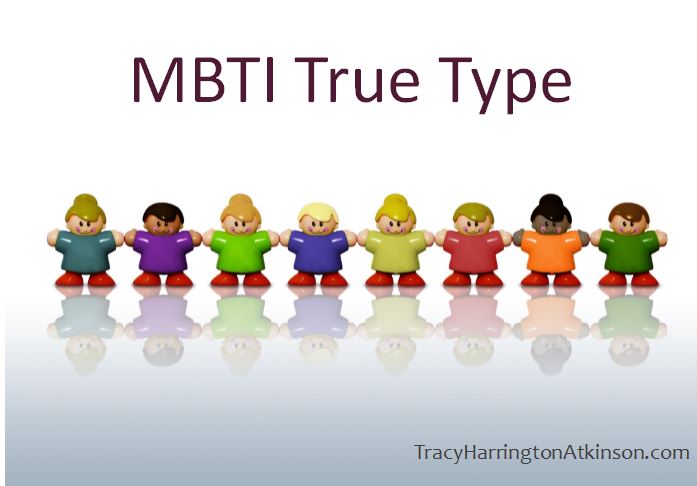It is the verification of your type. That sounds simple doesn’t it?
The MBTI assessment is one of the most reliable personality instruments available to humankind, but it still has some flaws which means it isn’t perfect. The MBTI True Type aids individuals to ensure their reported type matches what they feel matches their personality.
Many times, individuals will question their reported type. This occurs as there may be difficulties while taking the assessment. Maybe you were distracted. Maybe you chose an answer because you feel your mother preferred that attribute for you. Did you answer a question because an old teacher told you that this is who you are? Did you describe yourself as someone else thinks of your or expects of you instead of what you really are? Maybe you chose your ideal instead of your actual self.
There are times when outside influences such as work stress, financial pressures or even relationships. Did you consider the attributes you would need for your dream job? Maybe you are thinking of the characteristics you will need to acquire to finish your college degree? Buy that perfect house? Or maybe you simply were rushed to complete the test. These outside stresses influence test answers.
For these reasons and many more, the MBTI True Type is used by many MBTI certified consultants. The Myers-Briggs website states: “Your true type is the type that represents your natural preferences and the MBTI instrument’s purpose is to point you to your true (or best-fit) type.”
There may be subtle differences between your reported type and your true type. There are a few steps to identify your true type and verify the reported type.
1 – Take a moment to write down your reported MBTI type. Let’s use ESTJ as an example. So, the reported type for our fictitious client is ESTJ.
2 – Evaluate the pairs that you may be unsure of. Our fictitious ESTJ client feels that Extravert may not be a good fit because although they enjoy activities, being with others drains their energy. Circle E because we’re doubting that Extraversion may actually be a good fit. This process continues with each of the pairs: E/I, N/S, F/T, J/P.
3 – Record any stressors during your MBTI assessment. What distractions, stressors or pressures may have impacted your choices during the assessment. MBTI website explains it best: “These reasons include but are not limited to concern about how others might feel about someone’s type, working to develop skills and qualities of different preferences, lack of clarity about one’s preferences, type development, work and social expectations, or stress. The reasons a person may have results from the MBTI® instrument that do not reflect their best-fit type are often the very same reasons people may experience uncertainty in clarifying their best-fit type.”
4 – Change the doubted preferences to the opposite choice. For our fictitious client, let’s change two of the preferences. E/I and J/P.
5 – List the possible types. ESTJ, ESTP, ISTJ, ISTP
6 – Read the descriptions of each type. Pay close attention. As an MBTI consultant, I will print out the descriptions of the varying options. Then, I hand the options and a highlighter to my client. As they read the descriptions, they highlight the parts that describe them perfectly.
7 – Identify the true type. The identification process is simpler when I use the highlighting process. Each of the descriptions are lined up. Then, my client and I look over the descriptions. Usually the description which is highlighted the most identifies the true type. I then encourage my clients to take home blank copies and redo the process in quiet without the pressure of their MBTI consultant. Evaluate the descriptions again. See how the results compare.
By Tracy Atkinson
 Tracy Atkinson, mother of six, lives in the Midwest with her husband and spirited long-haired miniature dachshunds. She is a teacher, having taught elementary school to higher education, holding degrees in elementary education and a master’s in higher education. Her passion is teaching, researching, studying and enjoying time with her family. She has published several titles, including MBTI Learning Styles: A Practical Approach. Courses available on learning styles and student success at: Udemy, Teachable or Thinkific.
Tracy Atkinson, mother of six, lives in the Midwest with her husband and spirited long-haired miniature dachshunds. She is a teacher, having taught elementary school to higher education, holding degrees in elementary education and a master’s in higher education. Her passion is teaching, researching, studying and enjoying time with her family. She has published several titles, including MBTI Learning Styles: A Practical Approach. Courses available on learning styles and student success at: Udemy, Teachable or Thinkific.


Comments are closed